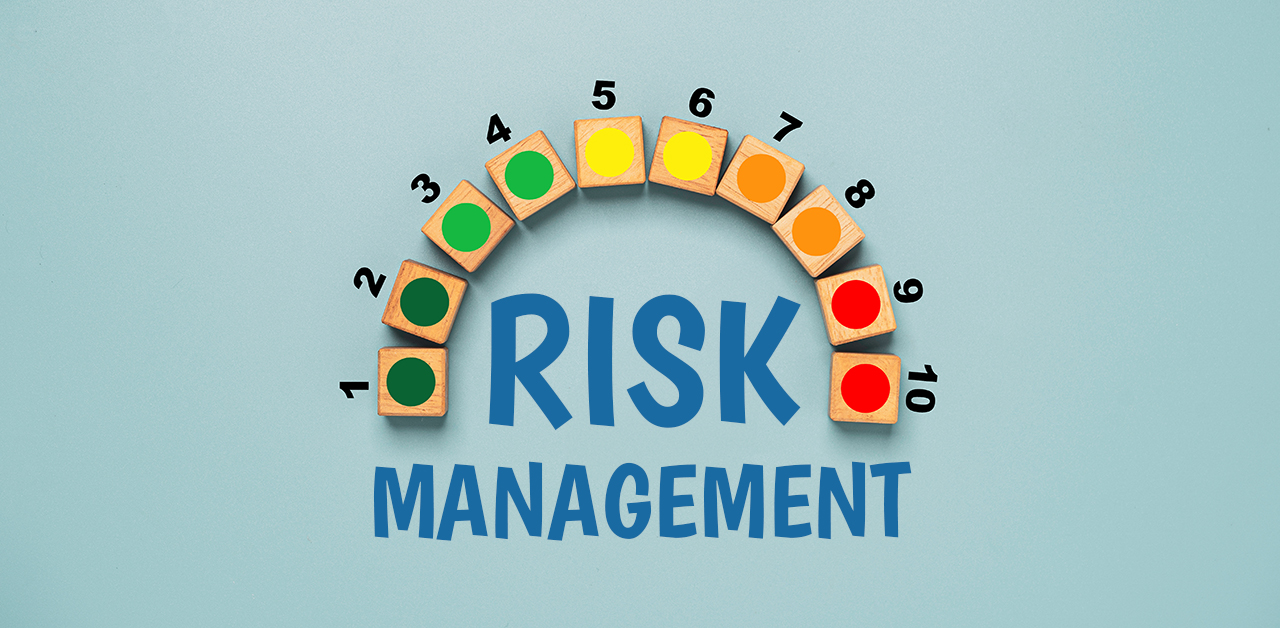There is a dependent relationship between electronic device manufacturers and their customer base. Companies have based their entire business model on the faith that buyers are highly suggestible and will step up to buy frequent replacements.
Studies show that actual addictions to the internet and the electronic devices that access it are becoming prevalent.Even a layperson’s daily observations would point toward a clear cultural obsession with electronic gadgetry. It’s obvious we’re heading into a more and more connected world. These tech innovations have streamlined, simplified, and enhanced life in numerous ways.
Planned Obsolescence: Revoking Choice When Consumer Electronics Fail
It’s difficult for a lot of people to imagine life without smartphones and connected devices. After all, it’s not an altogether terrible thing that people are fond of the convenience and opportunity they provide. However, it comes with a compulsion to purchase frequent upgrades with little concern for the wake of retired gadgets left behind. Manufacturers make it outright necessary in some cases.
planned obsolescence is a tried-and-true marketing strategy. The tactic involves intentionally constructing new products to break down within relatively short time frames. By not manufacturing spare parts for repair, companies force consumers to purchase entirely new products. Some manufacturers have even imposed
proprietary laws that ban third-party repairs and refurbishments of old devices.
A Culture of Consumption
There is a lot more at stake than the laws of supply and demand. Unfettered consumption and
ignorance of its repercussions leads to the endless manufacture and compulsive acquisition of new devices. This fuels the manufacturing sector’s production behaviors, which are now reliant upon the ability to sell new products at current rates.
The Chicken or the Egg?
Durability and longevity are no longer a major motivation behind design. Today, it’s a competition among tech companies to release more fashionable and modern products faster than the rest. Repairs cost as much, if not more, than buying a device new.Quality has been given a cut-off point. If a smartphone or laptop outlasts more than a handful of years, consumers would be
more reluctant to make the frequent upgrades that companies rely on.These factors raise a question: are consumers constructing the reliance upon planned obsolescence, or are manufacturers forcing it onto consumers?
Mutual Participation in Normalizing Over-consumption
The truth is that both are imposing it upon one another. Advertisers create a climate of consumerism based on the ownership of material possessions. That influences the general public’s buying decisions. Consumers participate in the idea that frequent upgrades to newer device models are preferable.As technological advancements gain momentum and new developments arrive in increasingly shorter time frames, those upgrades become necessity. Tech companies have learned out how to force upgrades on buyers through shutting out independent repair services and making features obsolete.Turning back isn’t a realistic option. There is not going to be an overnight change of heart about the electronic waste consumers generate through
over-consumption. Nor are developers going to slow down and stop innovating exciting new technologies.For this reason, both manufacturers and consumers have a duty to ensure that accountability and effective management plans are in effect to protect the environment. Otherwise, we will all suffer the repercussions of improper disposal of electronic waste.
Working Against the Reckless Side of Consumer Electronics Consumption
Getting started down the right path toward
controlling our electronics addiction while letting markets thrive involves close collaboration and consensus among manufacturers, advertisers, and consumers.Designers and manufacturers can build products that solve consumers’ problems while preserving profitability. There requires an awareness of recyclability. The chosen end design must strike a healthy balance purpose and sustainability without prioritizing pure profit.
Proprietary laws that prohibit the repair of devices can be re-evaluated and revoked to restore the option to refurbish or repair. Consumers will create a profitable market for repair so long as it satisfies their
core needs.
Educating consumers about the
ramifications of over-consumption and reckless disposal should be a priority for manufacturers. In fact, they should have readily available takeback programs for end-of-life consumer-grade products and partnerships with
electronics recyclers.Managing the consumption of consumer electronics requires full participation on all sides. Legislation should be present in each state and municipality that provides regulation for electronics. This legislation can hold both manufacturers and consumers accountable for recycling. Mindfulness of consumption habits is also crucial, and the public should be thoroughly educated on the
growing problem of e-waste.
Paving the way for a safer future for the environment doesn’t have to compromise a healthy economy, consumer satisfaction, or innovation. It simply means collective
conscientiousness must replace current carelessness and imbalances.


